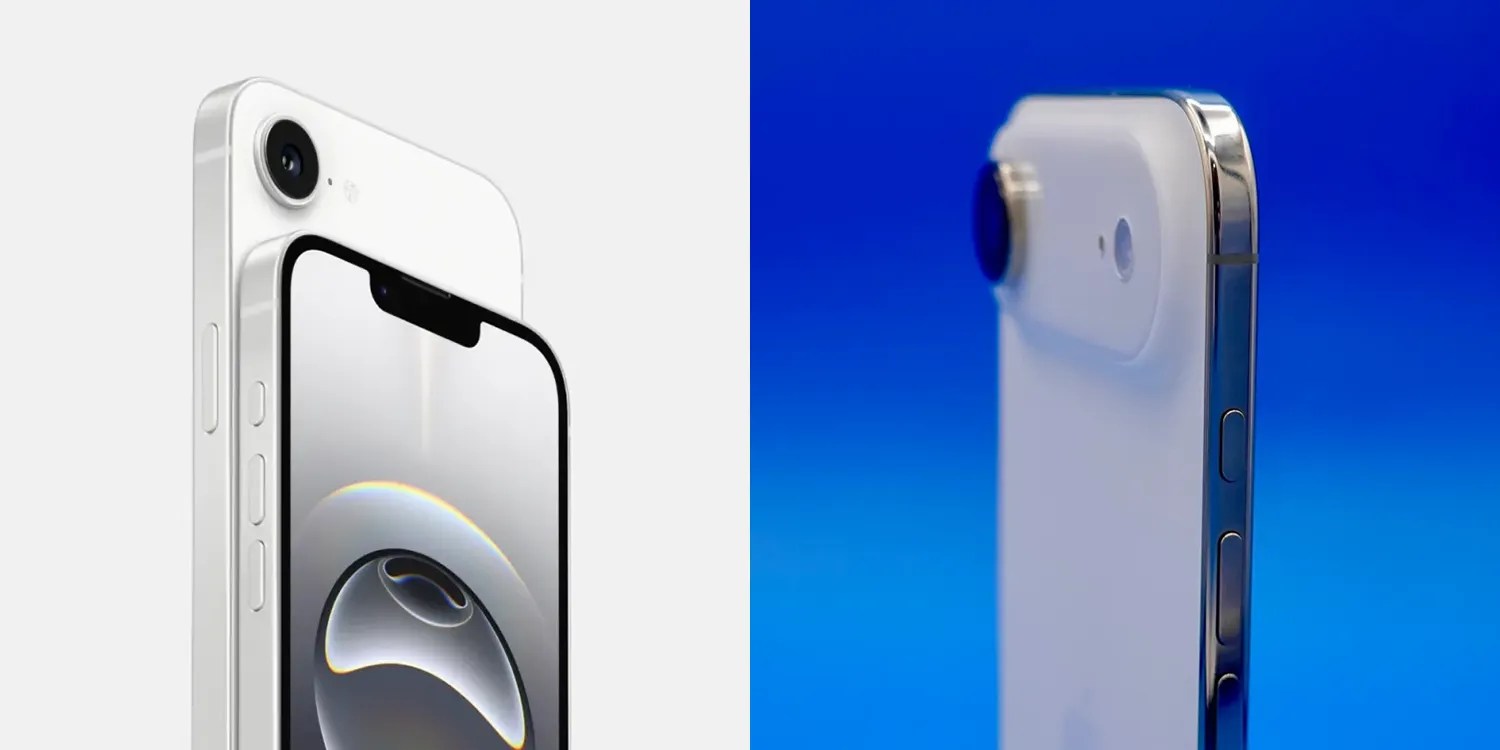Apple Faces Challenges with iPhone 16e and iPhone Air Amidst Market Shifts
Recent reports indicate that Apple’s latest offerings, the iPhone 16e and iPhone Air, are experiencing underwhelming market performance. Despite these challenges, the tech giant appears committed to its product roadmap, with plans to proceed with the iPhone 17e.
The iPhone 16e: A Strategic Entry-Level Move
Introduced as a successor to the iPhone SE, the iPhone 16e was designed to attract Android users hesitant to invest in premium-priced flagship models. Unlike the sporadic updates of the SE line, the 16e nomenclature suggested a shift towards annual revisions. Leaker Fixed Focus Digital, who initially disclosed the device’s name, later identified evidence supporting plans for regular updates. Anticipated to launch in the spring, the upcoming iPhone 17e is expected to be a modest refresh of its predecessor.
Market Reception and Sales Performance
Despite strategic positioning, the iPhone 16e has reportedly faced tepid demand. Fixed Focus Digital notes that both the iPhone Air and iPhone 16e are not performing well in the market. However, plans for the iPhone 17e remain on track, with a spring release anticipated.
iPhone Air: Production Halts Amidst Low Demand
The iPhone Air, celebrated for its ultra-slim design, has also encountered market resistance. Last month, reports emerged that Apple had drastically reduced iPhone Air production orders to levels typically seen at the end of a product’s lifecycle. Fixed Focus Digital now confirms that production has ceased entirely. It remains uncertain whether this halt is permanent or a temporary measure to address existing inventory.
Potential Factors Influencing Market Performance
Several elements may have contributed to the lukewarm reception of these models:
– Pricing Strategy: The iPhone 16e’s higher price point compared to previous entry-level models may have deterred budget-conscious consumers.
– Feature Compromises: The iPhone Air’s single-camera setup, despite its sleek design, may not have met consumer expectations for functionality.
– Market Competition: The availability of older iPhone models at similar price points, offering comparable or superior features, could have influenced purchasing decisions.
Looking Ahead: Apple’s Response and Future Plans
In response to these challenges, Apple is reportedly exploring enhancements for future models. For instance, a second-generation iPhone Air with a dual-camera system is under consideration, leading to a delay in its planned launch. This move suggests Apple’s commitment to aligning its products more closely with consumer preferences and market demands.
Conclusion
Apple’s recent experiences with the iPhone 16e and iPhone Air underscore the complexities of navigating the competitive smartphone market. While current sales figures may not meet expectations, the company’s proactive approach to product development and responsiveness to consumer feedback position it to adapt and thrive in future market landscapes.



